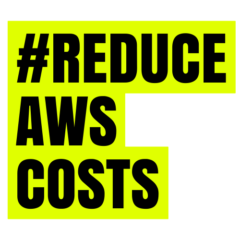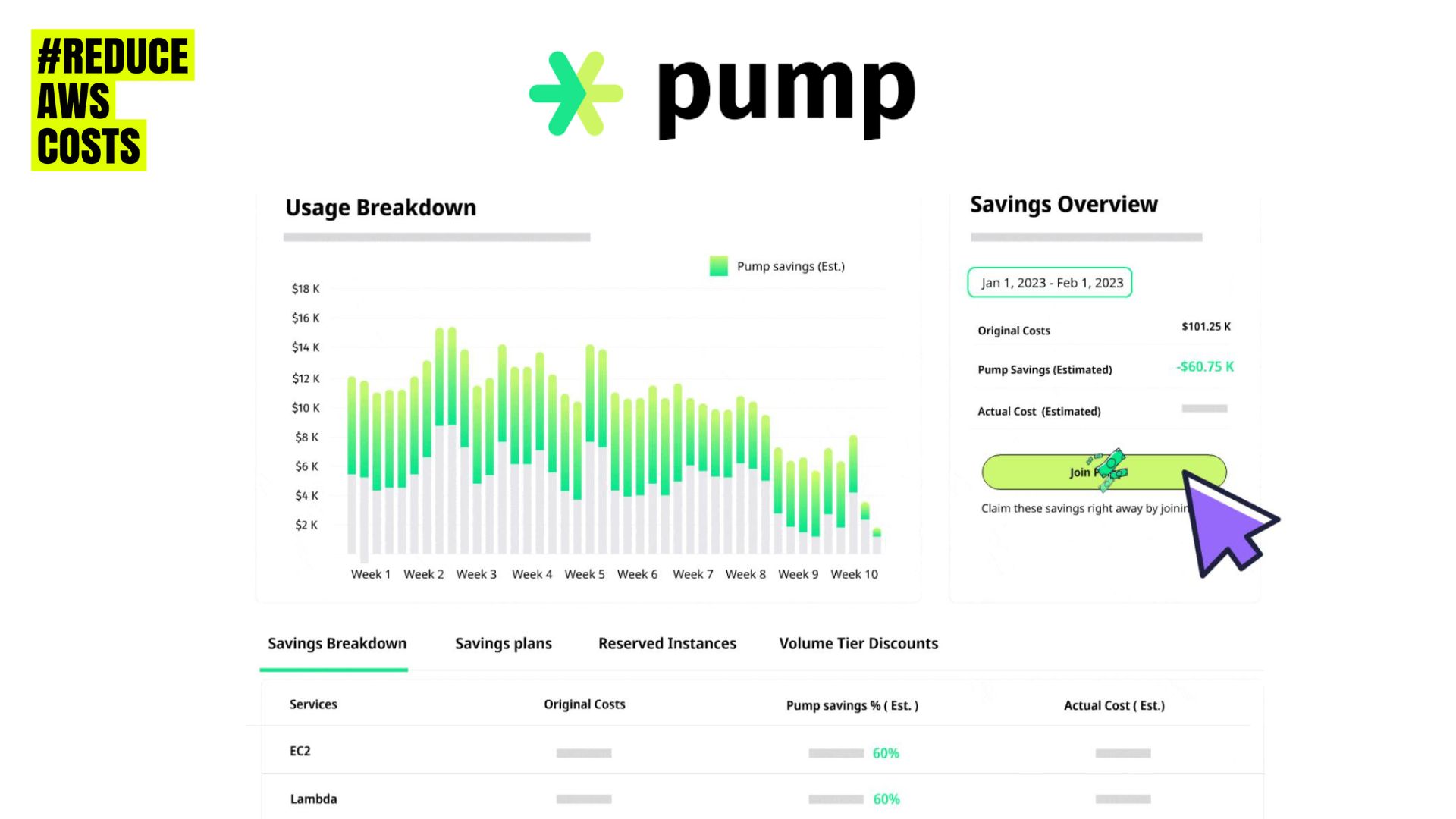One often-overlooked avenue for achieving cost efficiency involves the astute use of private IPs (Internet Protocol addresses). This guide explores how leveraging private IPs in AWS can be a game-changer in reducing costs while maintaining robust performance.
Understanding Private IPs in AWS
Private IPs, in the context of AWS, refer to internal IP addresses assigned to resources within your Virtual Private Cloud (VPC). Unlike public IPs, private IPs are not reachable over the internet. Leveraging private IPs allows for secure communication between resources while minimizing data transfer costs associated with public IPs.
1. Minimize Data Transfer Costs
- Intra-VPC Communication: Utilize private IPs for communication between resources within the same VPC. This ensures that data traverses through the AWS network internally, minimizing or eliminating data transfer costs associated with external communication.
2. Optimize Inter-Region Data Transfer
- Choose Private IPs for Inter-Region Traffic: In scenarios where data needs to traverse between AWS regions, opting for private IPs can be a cost-effective choice. This approach reduces the data transfer charges incurred when using public IPs for inter-region communication.
3. Secure Communication Across Services
- Private IPs for Cross-Service Interaction: When architecting a multi-tier application within AWS, employ private IPs for communication between different services. This not only enhances security but also mitigates costs associated with external data transfer.
4. Leverage VPC Peering with Private IPs
- Implement VPC Peering: Connect multiple VPCs using VPC peering, and utilize private IPs for communication across peered VPCs. This ensures a secure and cost-effective data exchange between distinct VPCs.
5. Utilize Private IPs for Database Connections
- Database Interactions via Private IPs: When establishing connections to databases, opt for private IPs. This practice reduces potential costs linked to external data transfer, especially when the database resides within the same VPC.
6. Secure Internal Microservices Communication
- Private IPs for Microservices: If your architecture involves microservices, use private IPs for communication between these services. This approach ensures secure and efficient data exchange without incurring external data transfer costs.
7. Consider AWS Direct Connect for Private Connectivity
- Explore AWS Direct Connect: For scenarios requiring dedicated and private connectivity between your on-premises infrastructure and AWS, consider AWS Direct Connect. This solution provides a private connection that can be more cost-effective than utilizing public IPs over the internet.
8. Regularly Audit and Optimize
- Conduct Periodic Audits: Regularly audit your AWS architecture to ensure that private IPs are optimally utilized. Adjust configurations as needed to align with changing application requirements and to capitalize on potential cost savings.
Conclusion: Crafting a Cost-Effective AWS Strategy
Embracing private IPs in your AWS architecture is a strategic move that not only enhances security but also contributes to significant cost reductions. By judiciously leveraging private IPs for internal communication, database interactions, and cross-service connectivity, you can create a resilient and cost-efficient cloud infrastructure. Regular audits and adjustments ensure that your AWS strategy remains aligned with both performance and cost optimization goals. In the dynamic landscape of cloud computing, mastering the art of private IP utilization is a key step toward achieving an optimal balance between functionality and frugality within the AWS environment.




